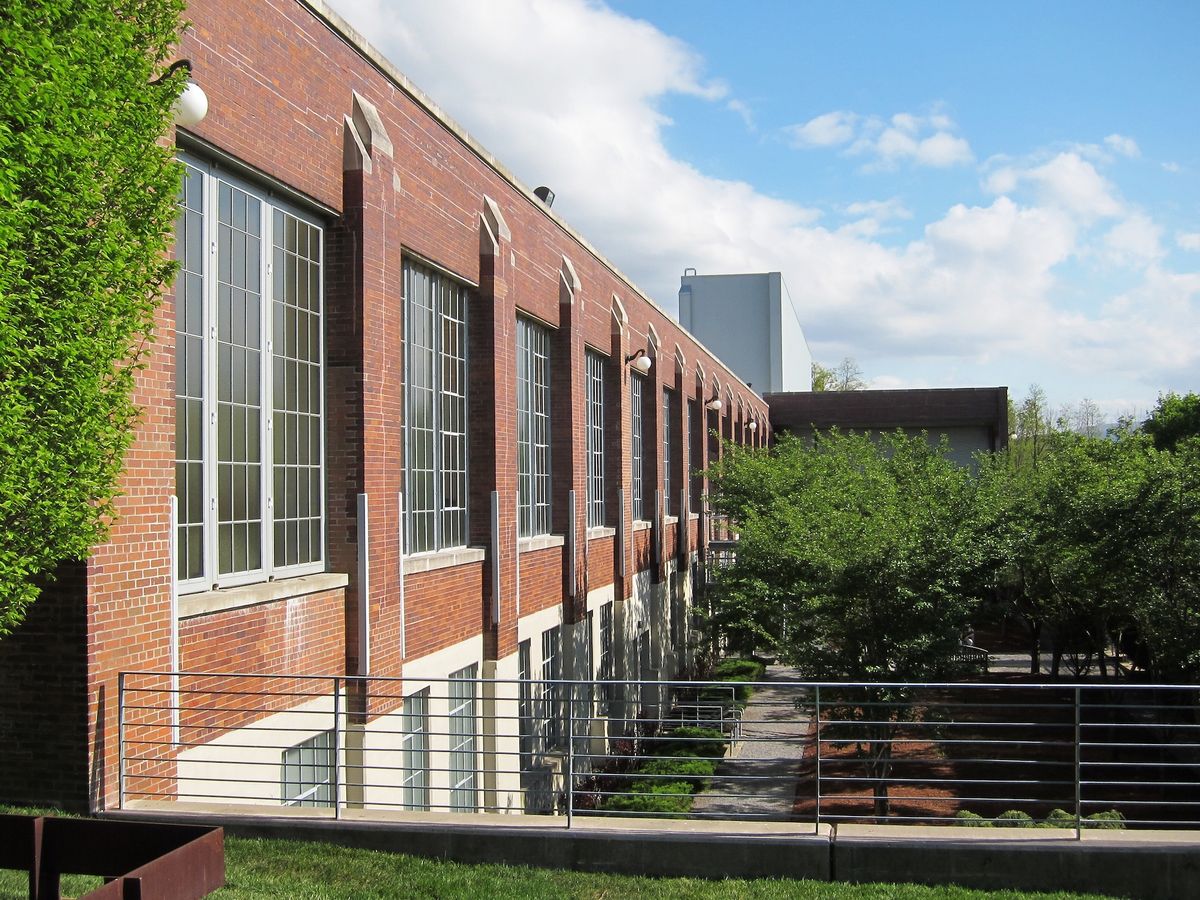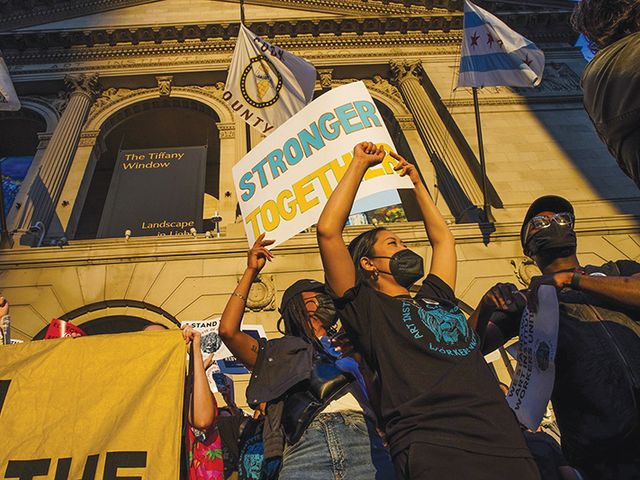An overwhelming majority of workers at the Dia Foundation voted to form a union today (13 September). The vote comes two months after staff at the institution announced their intention to uniose. The ballot count was held via Zoom through the National Labor Review Board (NLRB), with Dia staff members watching the counting of their mail-in ballots remotely. The final tally: 101 in favour of forming a union, six opposed.
The new union will be part of the United Auto Workers (UAW), one of the oldest unions in the United States, which also represents workers at the New-York Historical Society, Brooklyn Academy of Music, Museum of Modern Art, New Museum, the Whitney Museum and the Museum of Fine Arts Boston, among others. Dia is slightly anomalous among institutions due to its sprawling geographic footprint. In addition to offices and gallery space in Manhattan, it operates a vast museum in Beacon, New York, a small gallery in the Hamptons, and is the custodian for a range of large-scale, site-specific and Land art projects stretching from New York to New Mexico, Utah and Germany, among them Robert Smithson’s iconic Spiral Jetty (1970).
“Dia respects our staff’s decision to unionise and we look forward to working constructively and openly with Local 2110 moving forward,” a foundation spokesperson tells The Art Newspaper.
Among the issues that prompted staff at Dia to start organising were calls more job security, better wage, more transparency and a commitment to diversity in the workplace, among others. Many of these same factors have moved workers at museums across the US to seek union representation.
Maida Rosenstein, the former president of UAW Local 2110 who now serves as chief responsible for organising and negotiating first contracts, witnessed the vote and its resounding result. “People are very excited and they’ve worked really hard to get to this point,” she says. “It’s a very strong vote, it’s consistent with what’s been happening with cultural institutions [and] indicative of the strength that the notion of collective bargaining and unionisation has for the new generation of people working in museums and cultural institutions.”
For workers at Dia, the next step will be negotiating a first contract with the foundation’s administration. The process often takes upwards of two years, however in some cases it can be even longer (the Philadelphia Museum of Art’s union, which formed in May 2020, still does not have its first contract and recently filed an unfair labour complaint against the museum).
“We’re going to be meeting with the membership in the next couple of weeks to talk about the election of a bargaining committee and to survey people on bargaining priorities, and we hope to begin negotiations as quickly as possible,” Rosenstein says.



